Growing Demand in Diverse Industries
The Trace Oxygen Analyzer Market is witnessing a growing demand across various sectors, including food and beverage, pharmaceuticals, and petrochemicals. In the food and beverage sector, trace oxygen analyzers are essential for ensuring product quality and extending shelf life by monitoring oxygen levels in packaging. The pharmaceutical industry also relies heavily on these analyzers to maintain stringent quality control standards. According to recent estimates, the demand from these sectors is expected to contribute significantly to the market's expansion, with a projected increase in revenue of around 20% over the next few years. This diversification of applications is likely to create new opportunities for manufacturers and suppliers in the trace oxygen analyzer market.
Focus on Environmental Sustainability
The Trace Oxygen Analyzer Market is increasingly influenced by a focus on environmental sustainability. As industries strive to reduce their carbon footprint and comply with environmental regulations, the need for accurate oxygen measurement becomes paramount. Trace oxygen analyzers play a crucial role in monitoring emissions and ensuring compliance with environmental standards. This trend is particularly evident in sectors such as energy and waste management, where precise oxygen levels are vital for optimizing processes and minimizing environmental impact. The market is expected to benefit from this shift towards sustainability, with an anticipated growth rate of 5% annually as companies invest in technologies that support eco-friendly practices.
Regulatory Compliance and Safety Standards
The Trace Oxygen Analyzer Market is significantly driven by the need for regulatory compliance and adherence to safety standards. Various industries, including healthcare and manufacturing, are subject to stringent regulations regarding oxygen levels in their processes. Trace oxygen analyzers are essential tools for ensuring compliance with these regulations, which are designed to protect both workers and consumers. The increasing emphasis on safety in industrial operations is likely to propel the demand for these analyzers. As regulations become more stringent, the market is projected to grow, with an estimated increase in demand of 15% over the next few years, as companies prioritize safety and compliance.
Rising Investment in Research and Development
The Trace Oxygen Analyzer Market is benefiting from rising investments in research and development. Companies are increasingly allocating resources to innovate and improve the performance of trace oxygen analyzers. This investment is aimed at developing more sensitive and accurate measurement technologies that can cater to the evolving needs of various industries. Enhanced R&D efforts are likely to lead to the introduction of next-generation analyzers that offer superior performance and reliability. As a result, the market is expected to see a growth trajectory of approximately 7% annually, driven by these advancements. The focus on R&D not only enhances product offerings but also strengthens competitive positioning within the trace oxygen analyzer market.
Technological Advancements in Trace Oxygen Analyzers
The Trace Oxygen Analyzer Market is experiencing a surge in technological advancements that enhance the precision and reliability of oxygen measurement. Innovations such as miniaturization of sensors and the integration of advanced data analytics are becoming prevalent. These developments allow for real-time monitoring and improved accuracy, which are critical in industries such as pharmaceuticals and aerospace. The market is projected to grow at a compound annual growth rate of approximately 6.5% over the next five years, driven by these technological improvements. As industries increasingly rely on precise oxygen levels for quality control and safety, the demand for advanced trace oxygen analyzers is likely to rise, further propelling the market forward.


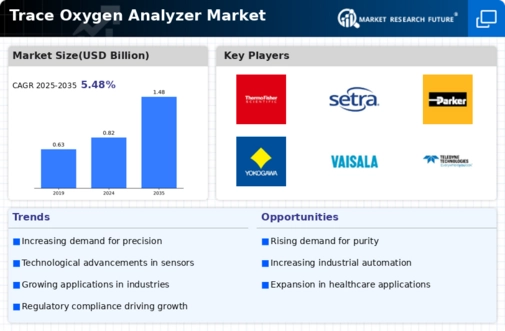
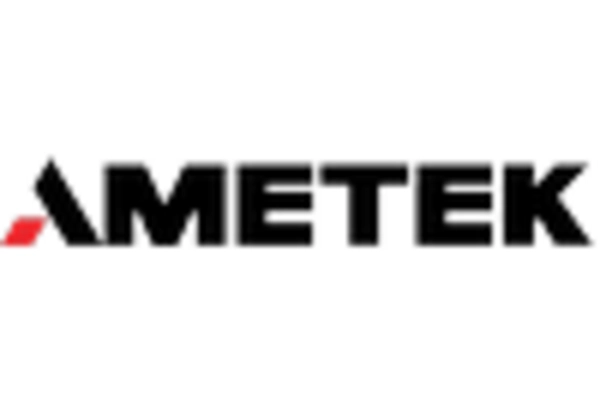

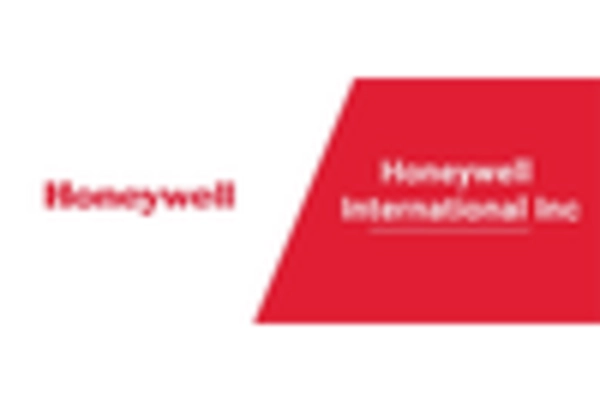
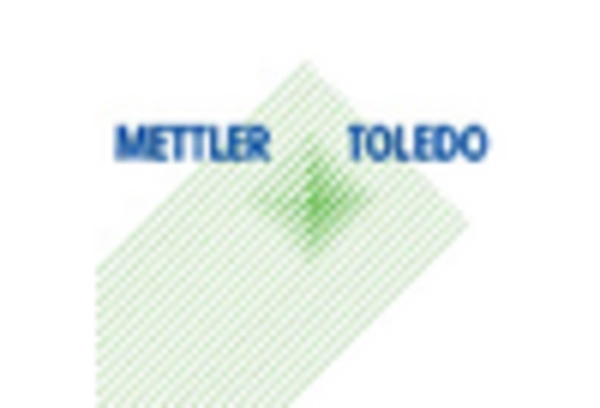

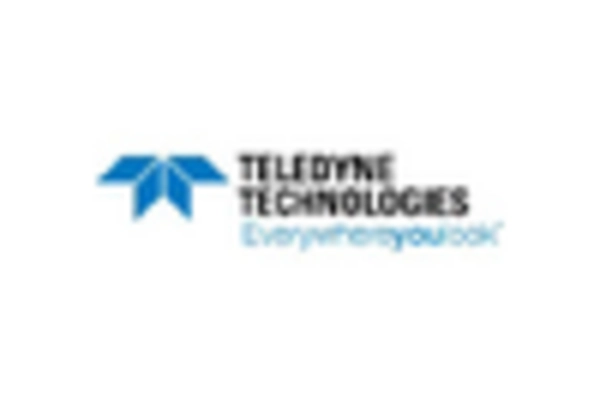








Leave a Comment